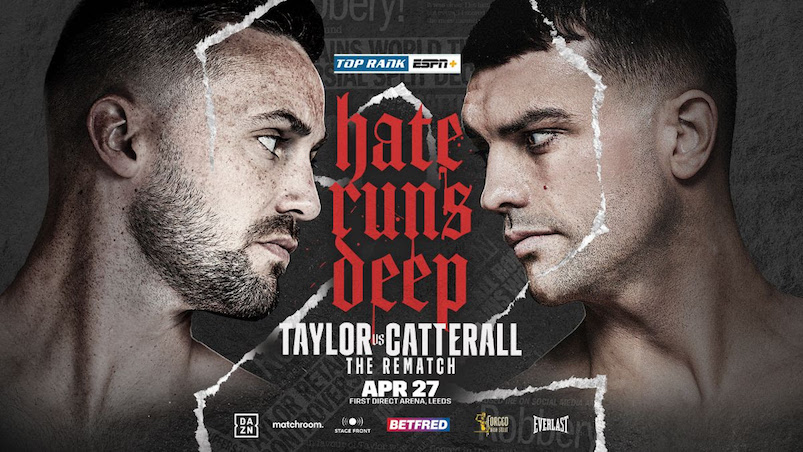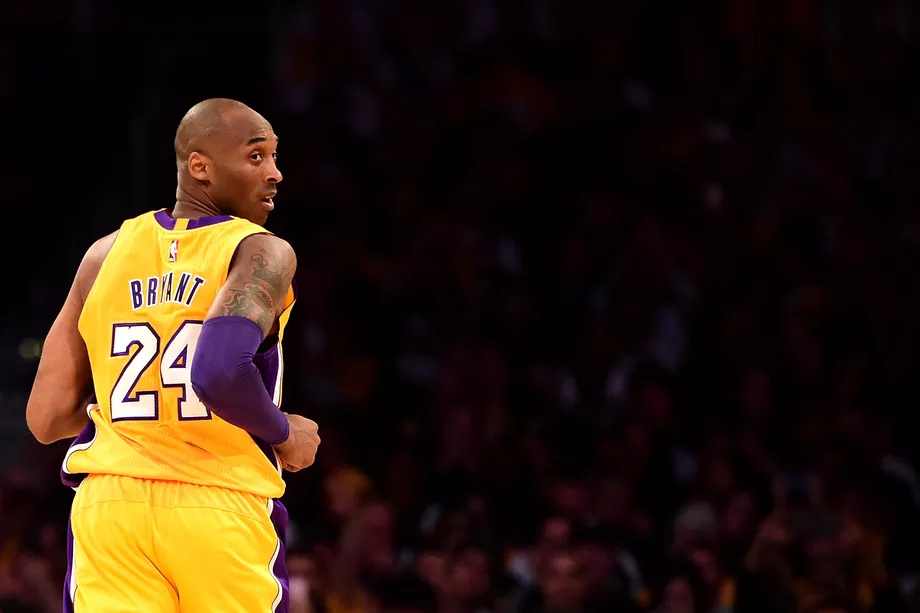In honor of Kobe Bryant’s 40th birthday, let’s take a look back at the subtle adjustments the Black Mamba made in three of his most notable seasons.
For two decades, Kobe Bean Bryant helped in both shaping and representing Los Angeles Lakersbasketball forever in unprecedented fashion.
Among the multitude of individual accomplishments, and the five championship banners currently hanging in STAPLES Center that Bryant helped shoulder, laid obstacles and uncertain career arcs in which he had to learn how to both assimilate, and adapt to.
As he now is on the verge of hitting his next milestone: turning forty. So what better a time than to sit back, turn the dial, and reflect on how the Mamba shed his basketball skin in three of his most memorable NBA seasons.
2005-06 Season: “The Kobe Show”
In his second season after Shaquille O’Neal was traded to the Miami Heat, Bryant, now indisputably the man, embarked on one of the most ferocious and unrelenting offensive seasons in league history.
In a season which saw Bryant singlehandedly outscore the Dallas Mavericks after three quarters (editors note: I still haven’t forgiven Phil Jackson so sitting Kobe in this game), drop 81 on Toronto, set the single season Lakers record for most 40 point games (27) and points scored, the then 27-year-old was at the peak of an offensive prime few have reached before or since.
With a supporting cast made up of the likes of: Aaron McKie, Devin Green, and Von Wafer, Bryant was forced to carry the Lakers’ offense at an astronomical rate against defenses that had only one priority when designing their gameplan against L.A.
The combination of his overwhelming usage rate of 37.8% (100th percentile among combo guards that year, and his career high) and one of the lowest assist to usage ratios in the league (10th percentile) made for one of the most dominating on-ball seasons in history.
His shot profile that season was not unlike other campaigns, just severely more inflated. For one, Bryant’s 502 attempted threes were tops of his career while simultaneously also attempting the most midrange attempts of his career, dwarfing the two previous season totals combined.
Bryant’s offensive barrage ultimately led to his first ever NBA scoring title, but unfortunately the Lakers’ season culminated in a crushing seven-game series loss to the heavily favored Phoenix Sunsin the first round of the Western Conference playoffs, paving the way for his next stage, and evolution.
2008-09 Season: “Number four”
Having seen Shaq win a championship in Miami and falling short to the rival Boston Celtics in the finals the year before, Bryant, now armed with a much-improved supporting cast, set off on finally capturing his first ring without the Big Diesel.
Coming off an MVP season, Bryant seemingly understood he had to begin trusting his (notably more trustworthy) teammates in order to finally recapture the Rosebud of his NBA career — and with the the 2008-09 squad, he did.
The Lakers, led by Bryant and fellow star Pau Gasol, to go with tremendous role players like Lamar Odom, Andrew Bynum and Trevor Ariza, started the season fired out of a cannon — riding an unfathomable 21-3 start to 65 total wins.
With more offensively talented weapons on the floor, Bryant diverged his offensive responsibilities compared to his aforementioned 05-06’ years, but was just as or arguably more effective despite his the difficulty of his shot profile.
With an absurd 60 percent of his attempts coming from the midrange, and only 19 percent coming from three, Bryant was somehow still able to snag his third best true shooting percentage of his career.
Bryant’s new found trust in the then iteration of the Lakers was made evident through his on-ball numbers. Compared to his aforementioned season with a 37.8 percent usage rate, the 18 time all-star allowed slightly more offensive freedom to his teammates as he dipped to a 32.8 percent usage rate.
In what would become one of his most well-rounded seasons of his career, culminated with ranking in the 95th percentile in assist percentage among wing players, sporting his highest +/- of his career, and finally winning his fourth NBA championship, and first without O’Neal.
2015-16 Season: “The Final Chapter”
Bryant’s final years were not for the faint of heart. After miraculously pulling the volatile Dwight Howard/Steve Nash Lakers’ back to the doorstep of the playoffs by his teeth, the then 34-year-old would suffer an Achilles tear that would all but end the careers of others his age.
Yet, like the epitaph of his basketball career, Bryant refused to go out on anything else but his own terms. After missing significant time in the seasons to follow, Bryant would manage to play in 66 games and bask in his farewell season.
With expected efficiency declines across the board, Bryant made one last ditch effort to survive in the game in true Black Mamba fashion, by adapting to the “new” NBA.
The once standard bearer of midrange jumpers, opted instead for the perimeter as 41 percent of Bryant’s attempts that season came from behind the arc.
The 37-year-old hoisted up 467 three pointers in his final season, and despite playing reduced minutes and missing 16 games, was the second most of his career only behind his magical 2005-06’ season.
Bryant’s understanding of his own limitations and where the NBA had evolved into was evident, and necessary for his ability to perform. He was no longer able to play above the rim, or even attack with the nimble ease he once could.
Bryant’s 646 two-point attempts were the third lowest of his career, only behind the season prior where he played in only 35 games, the season before that when he played in only six, and his rookie season.
Yet, like he had been planning for it every day since he was drafted in 1996, he entered STAPLES Center on April 13th, 2016, for the final time as an active professional basketball player and did what only he could do: leave on his own terms.
Becoming the oldest player ever in NBA history to score 60 points, Bryant walked off the court showered by the same fans who supported him for the majority of his adult life, and into the metaphorical sunset as one of the most astute and passionate athletes Los Angeles, and the world had ever laid their eyes on.



